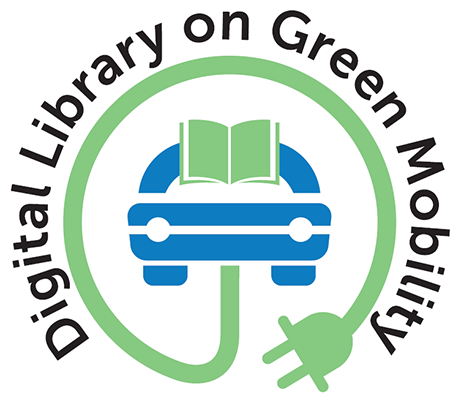A Comparison of the Life-Cycle Greenhouse Gas Emissions from Combustion and Electric Heavy-Duty Vehicles in India
Publication Year: 2024
Author(s): Yadav A, O’Connell A, Pavlenko N
Abstract:
This study evaluates the life-cycle greenhouse gas (GHG) contributions of different HDV vehicle technologies and fuel pathways in India. Examining three representative HDVs—a 12-tonne rigid truck, a 55-tonne tractor trailer, and an urban bus—we evaluate a mix of different powertrain technologies, including best-in-class diesel HDVs, natural gas-fueled HDVs, battery-electric vehicles and fuel cell electric vehicles.The study found that battery-electric HDVs offer the greatest GHG emissions reductions of current vehicle technologies, even with the relatively large share of coal in India’s electricity grid. When powered with renewable electricity, the lifetime GHG emissions from these vehicles decrease further, up to 78%–83% lower than those of diesel HDVs. The GHG savings from fuel cell electric HDVs are highly dependent on the source of hydrogen. With grey (natural gas-derived) hydrogen, emissions are only 12%–18% lower than diesel. Fueled with green hydrogen, fuel cell HDVs show GHG savings similar to those of battery electric HDVs, though they consume more electricity over their lifetime due to conversion losses.
Country: India
Publisher/Organisation: International Council on Clean Transportation
URL:
https://theicct.org/wp-content/uploads/2024/05/ID-86-%E2%80%93-LCA-HDV-India_final.pdf
Theme: Sustainable transportation | Subtheme: Environment Impact
Related Documents
Journals
Sustainability
Published Year: 2009
Abstract:
Sustainability is an international, cross-disciplinary, scholarly, peer-reviewed and open acce... Read More
Journals
Transportation Research Part A
Published Year: 1992
Abstract:
Transportation Research Part A: Policy and Practice considers papers dealing with policy... Read More
Reports
Transport, Climate Action and Sustainable Development
Published Year: 2018
Abstract:
This report, the result of the second phase of IsDB and SLoCaT collaboration, emphasises that... Read More



